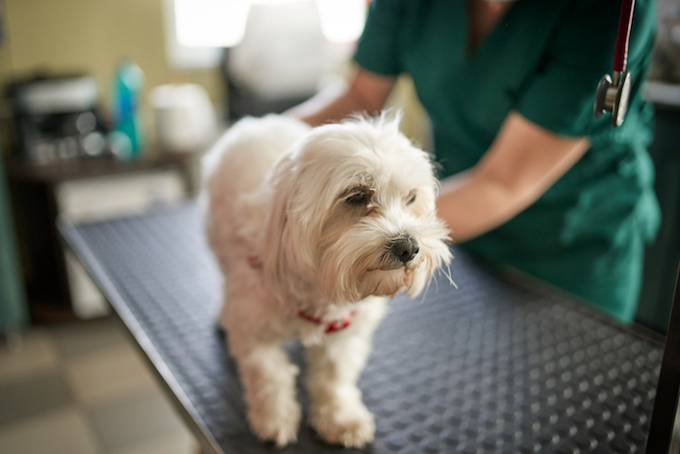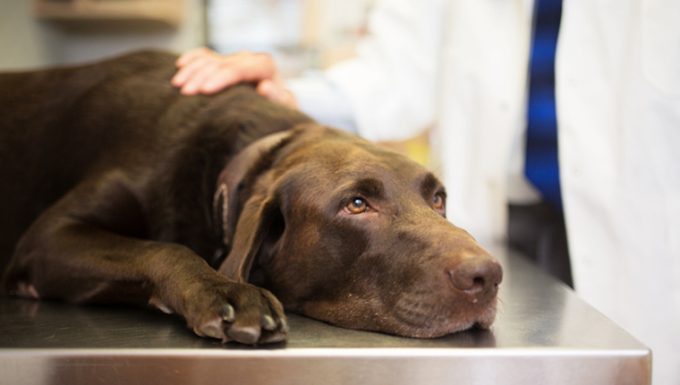Nerve disorder affecting multiple nerves in dogs harms nerves that are outside the central nervous system. The condition can affect movement and reflexes.
Unfortunately, the condition is degenerative and gets progressively worse.
Technically, the condition is also known as peripheral neuropathy (polyneuropathies) in dogs.
If you see the signs of the condition in your dog, then get to a veterinarian for a proper diagnosis and treatment.
Here’s what you should know about the symptoms, causes, and treatments for the condition.
Symptoms of Nerve Disorder Affecting Multiple Nerves in Dogs
The condition produces a pretty wide range of symptoms. For example, some of the most common symptoms include:
- Slow reflexes
- Weak legs
- Dry nose
- Muscle weakness
- Tremors
- Dry mouth
- Lack of limb control
- Poor spatial awareness
- Dizziness
- Slow heart rate
Causes of Nerve Disorder Affecting Multiple Nerves in Dogs

The cause of the condition can be a number of things. For instance, some of the most common causes include:
- Inflammatory issues
- Infections
- Immune system problems
- Metabolic diseases
- Toxins
Additionally, the condition can also be congenital, which means that a dog is unfortunately born with it.
Treatments for Nerve Disorder Affecting Multiple Nerves in Dogs
Firstly, your vet will ask about your dog’s symptoms. Secondly, your vet will ask about any circumstances where your dog could have come into contact with something that caused the condition. For example, toxins could be a cause of the condition.
Thirdly, your vet will carry out a full physical examination. Also, blood and urine tests will be taken. The subsequent results of the tests can be used to rule out other conditions.
Fourthly, your vet will take a sample of your dog’s spinal fluid. Also, a procedure called electrophysiology can be used to measure electrical impulses in your dog’s body.
Generally, treatment will be conducted on an outpatient basis. For example, in some cases, switching to a low fat diet can help. Just remember to only make significant changes to your dog’s diet under the advice of your vet.
Additionally, physiotherapy can be useful. This will help restore any deteriorated muscles and improve nerve memory. Your vet will be able to recommend a suitable physiotherapist for your dog.
Have you ever cared for a dog who suffered from this condition? How did your vet help your dog recover? Let us know in the comments section below.









